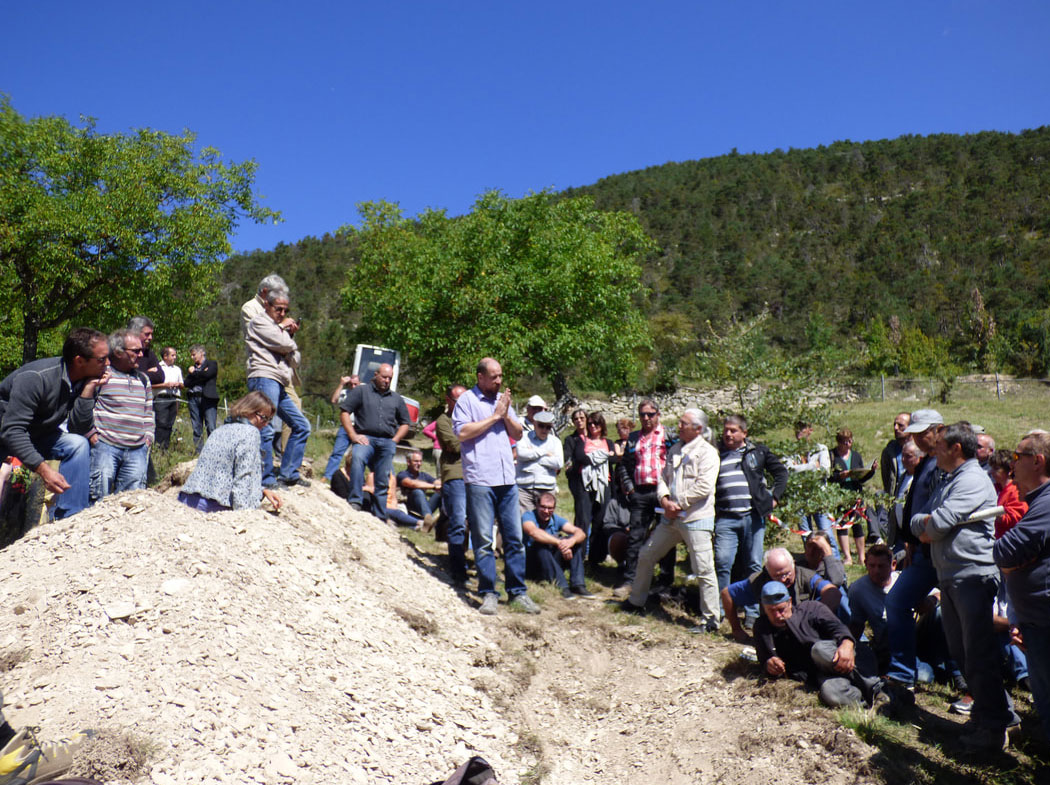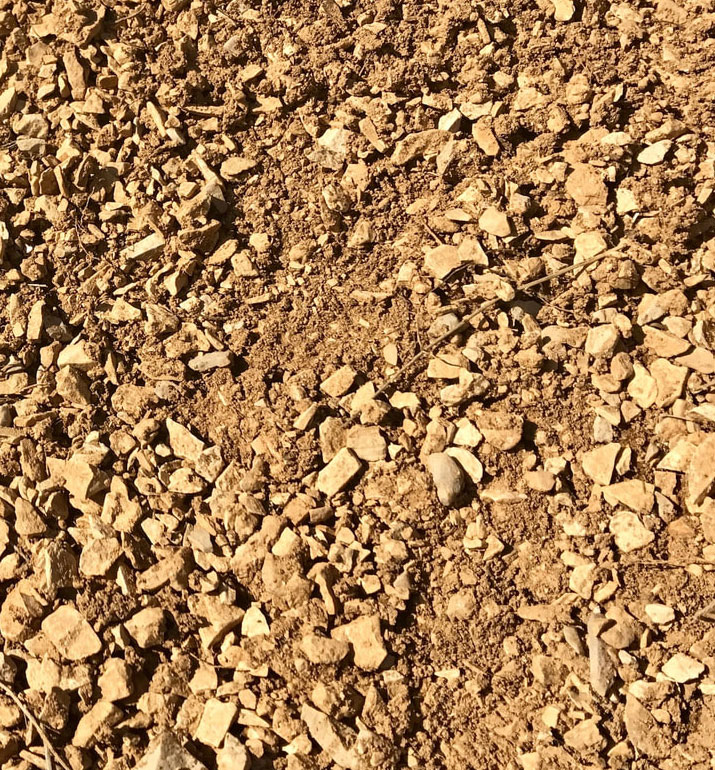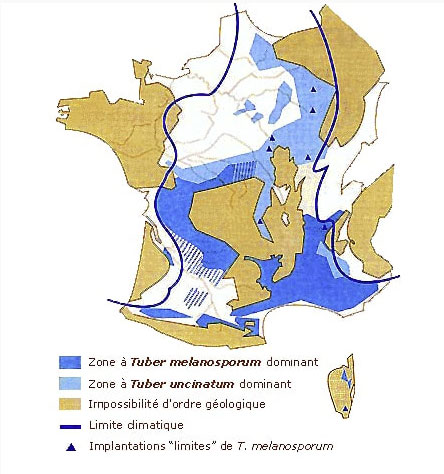This explains why it is found in different French regions with varied limestone sedimentary formations.
Limestone is essential for the formation of truffles. The optimum pH is between 7.3 and 8.5 with at least 8% active limestone for its cultivation.
A simple analysis consists of pouring a solution of water and 15% acid hydrochloric acid on the soil, if the limestone level is correct, there will be a chemical reaction (effervescence).
Favorable soils are generally shallow, 15 to 40 cm, on fissured rock. The permeability of the soil is just as important, it must be flexible (draining) without too much excess clay (maximum 40%). With a lumpy, sandy or stony structure, these soils facilitate the drainage and filtering of water in the subsoil, and thus allow good oxygenation of the mycelium.







